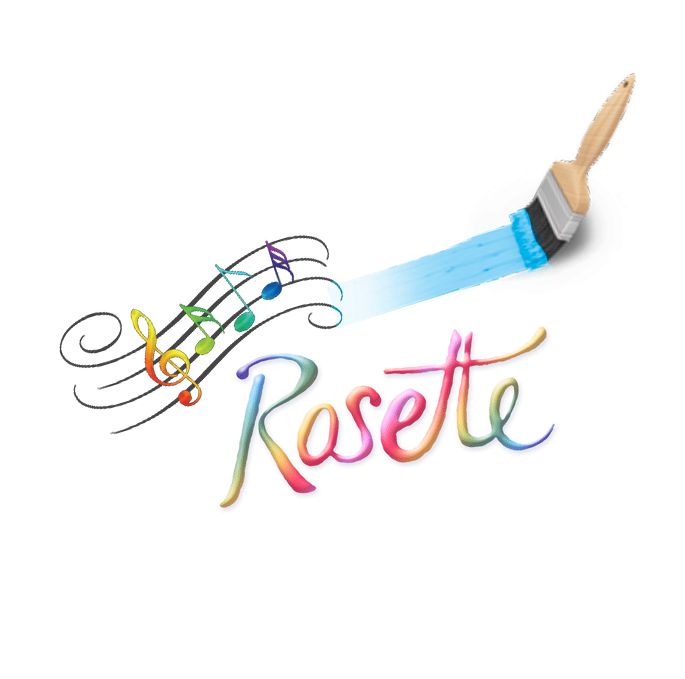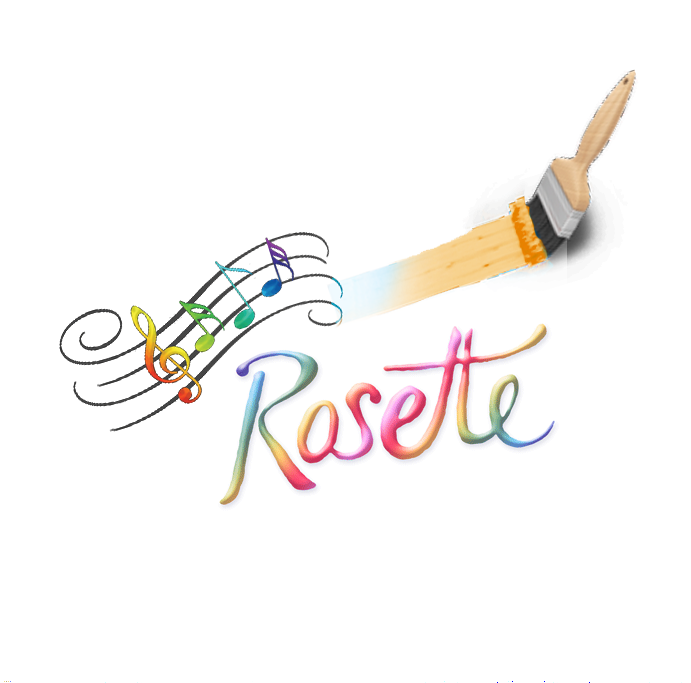Six Studio Clay Artist Eco-friendly Paperclay TIPS
Test first since maybe your recipes are different.
1. Single fire saves fuel.
Forget a bisque fire and apply glaze to bone dry which is tough enough to absorb some glaze if you do this in 5-10 mins before the paperclay re-softens.
2. Fire fast cycle saves fuel and time
Little need to candle it over night water and air escape via touching hollow cellulose tube structures if you didn't skimp on adding pulp. If too little pulp in your mix the old rules apply.
3. Fast dry works, and assemble wet dry, or dry dry save time.
No slow dry needed save time (also reduce use of plastics for coverings.)
4- DON'T fire pots and guess where the cracks will show up
Which is why don't baby your work Forget leather hard assembly it's optional but not ideal. Let them air dry or even sun dry to preview simulate the stress they are sure to have in fire. Don't waste a fire unless you did a good job joining. slight shrink-expand of the volume breathing to expect during fire and in its life.
DON'T fire them just either re-slake down- why waste fuel OR just make a fresh part. Avoid fire pots-forms from students/ or self with weak handles that will end up in trash. Easy fix to save firing time and fuel in classroom settings.
5. Aging is not needed like traditional clay because again the pulp is distributing water deep inside to every particle efficiently. Flatten paperclay scraps or slice to bread thin slice with wire so it will slake back to thin ish pancakes and let them dry totally for storage. I put in boxes or bag.. Avoid thick balls of dry paperclay scrap they just take longer to slake- break down in water. End the muck bucket idea which is not just heavy and loaded with water- but often gets stinky. Reduce chance of mold, mildew etc.
6. Reclaim scrap glaze and clay and turn it to paperclay. The overall melting point- vitrification point will be lower, color will be darker but there's alot of interesting forms possible to make.
7. Maybe just build a sculpture that doesn't need to be fired as some artists do.
8. As moist paperclay stiffens in open air, I prefer it softer. I'll add a tablespoon of water before sealing- so it stays moist. It is pretty tough to work with at a certain point off drying out- better to start over- let it dry completely as scrap.
Initiative to support research in paperclay for application outside art in industry and beyond.
I am available for private mentoring for support of artists and students.
See link for workshops.
Presentation
Oct 7, 2024
Research Questions for Eco Friendly Paperclay
Meeting: MS&T24: Materials Science & Technology
Symposium: 16th Symposium on Green and Sustainable Technologies for
Materials Manufacturing and Processing
Session: Sustainable Technologies II
Session Chair(s): Manoj K. Mahapatra; Michael Robert Bonner; Rosette Gault;
Date: 10/07/2024
Time: 2:25 PM - 2:45 PM
Location: David L. Lawrence Convention Center - 317 Pittsburgh, PA
in part with American Ceramics Society ACERS

